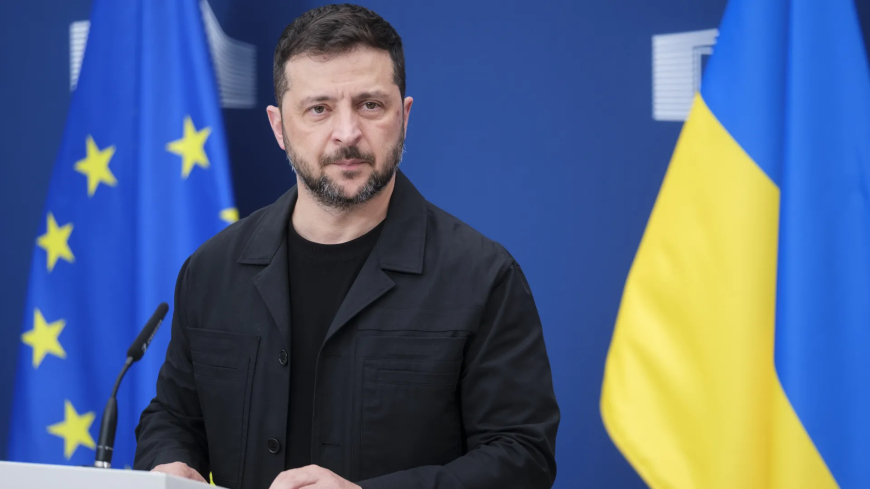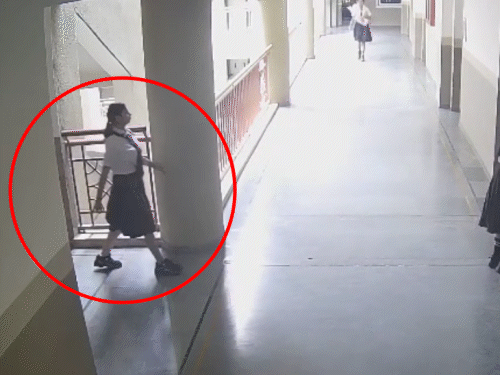Unveiling the Shadows: Inside Trump and Zelenskyy's High-Stakes White House Meeting and Its Ripple Effects on Global Peace
Inside the Trump–Zelenskyy White House summit on August 18, 2025—unseen diplomatic moves, European influence, and outcomes that might reshape U.S. foreign policy.

On August 18, 2025, President Volodymyr Zelenskyy stood before the Oval Office alongside a high-profile delegation of European leaders and NATO officials. While cameras captured firm handshakes and carefully scripted statements, the real battleground lay in the subterranean corridors of diplomacy—in whispered strategy sessions, informal sidebar conversations, and fast-unfolding cables that may yet reshape the trajectory of U.S. foreign policy.
1. Diplomatic Chess: Preparation Behind the Summit
Far removed from public view, aides from the State Department and various European embassies gathered late into the evening, exchanging draft proposals via secure channels. One unnamed aide described the mood as tense: “We all sensed that this wasn’t just a photo-op. The leaks hinted at competing visions—some aiming for a rapid peace, others urging caution.”
Leaked diplomatic cables—sparingly verified—reported that European participants were briefed extensively on Trump’s recent Alaska summit with Putin, ensuring everyone understood his shifting stance on security guarantees and territorial concessions.
2. European Influence: Steering U.S. Direction
Though Trump had made headlines in the lead-up by rejecting Ukrainian entry into NATO and ruling out Crimea’s return AxiosNew York Post, European leaders arrived determined to set new terms.
Ursula von der Leyen, Emmanuel Macron, Friedrich Merz, and others engineered a remarkable display of unity, reinforcing the notion that any peace solution must involve Ukraine’s full sovereignty The Guardian. Rough minutes from flash gatherings suggest their strategic aim was to anchor U.S. commitments within broader transatlantic obligations.
3. Timeline of Key Undercurrents
-
Evening, Aug. 17: Hidden planning sessions; cables exchanged summarizing Trump’s Alaska meeting.
-
Early morning, Aug. 18: European leaders arrive, quietly primed to redirect the narrative.
-
Noon: The official meeting unfolds on the White House lawn—publicly, terms are friendly. Privately, outcome hinges on side discussions.
4. Think Tank Insight: Why This Matters
Dr. Elena Markovic of the Atlantic Policy Institute, amid off-the-record remarks, noted: “This summit’s structure shows how Europe can now actively shape American policies—not merely react to them.” Another analyst highlighted that the summit’s value lies less in its final communique than in how it snaps the U.S. back into a collective security framework.
Potential Outcomes for Global Peace
-
Reaffirmed Transatlantic Safety Net
European pressure may compel the U.S. to issue NATO-like guarantees, sidelining risky unilateral approaches. -
Balanced Peace Plan
While Trump’s shift toward quick settlement pressures Ukraine, EU allies may ensure sovereignty remains central, rejecting forced concessions. -
Redefined U.S. Foreign Policy Posture
The outcome could herald a recalibration—one where U.S. leadership is reabsorbed into collective frameworks rather than populist isolation.
Conclusion: What Lies Beyond the Headlines
The Trump–Zelenskyy summit was more than a meeting; it was a deft display of diplomatic positioning. The hidden dialogues, European leverage, and strategic urgency behind closed doors might well determine whether this ends as a mere photo op—or a pivot toward renewed transatlantic peacebuilding.
What's Your Reaction?
 Like
0
Like
0
 Dislike
0
Dislike
0
 Love
0
Love
0
 Funny
0
Funny
0
 Angry
0
Angry
0
 Sad
0
Sad
0
 Wow
0
Wow
0






































































